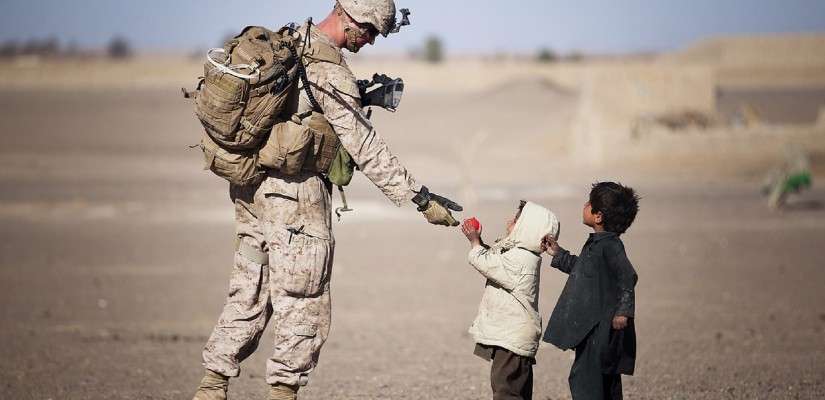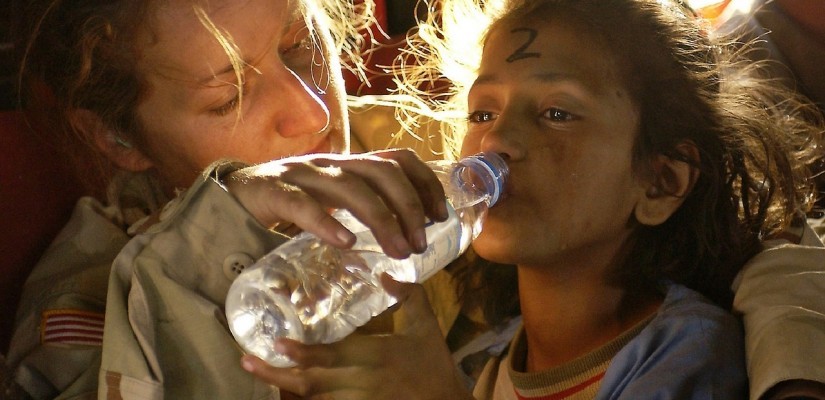Armed humanitarian intervention (AHI) was once viewed by the international community as not just a choice, but a responsibility. Understandably, AHI was much more feasible in the 1990s after the fall of the Soviet Union. This was because the United States and its allies were left largely unopposed in their ability to engage in AHI without fear of sparking a larger international conflict. The 1990s included several pivotal humanitarian interventions such as Somalia, Rwanda, and the former Yugoslavia. It may be surprising to some that the international system not seen AHI in Syria given the immense need for aid. An obvious reason for this would be Russia’s continued veto of UN Security Council resolutions concerning Syria. However, should the international community commit to AHI in the future, several associated risks must be considered before decisive action is taken.
The first and most complex consideration of AHI are the political risks involved. More specifically, the question of sovereignty and acceptable conditions to violate it. Should the international community engage in AHI, that would mean the inclusion of military forces to ensure the delivery of aid to those in need. The question of when the international community can and should intervene in a conflict has been disputed for some time. Without debating the international community’s responsibility to protect, it is worth noting the clear political risks involved. A humanitarian intervention involving military troops and the breach of a nation’s sovereignty will surely threaten diplomatic relations between the international community and the government in question as well as nations supporting that government. The resulting strained relations are virtually impossible to avoid. An example of this would be Russia’s support for Bashar al Assad in Syria. Any attempt at AHI would result in damaged diplomatic relations.

The most obvious risk is economic. Humanitarian intervention is costly and therefore AHI is even more so expensive. AHI is not a quick or a simple solution. The delivery of aid and the deployment of troops and vehicles to protect aid packages is incredibly costly. Also, committing to AHI means that the cost will continue until a political solution can be reached, which can take years.
Next is the risk of further exacerbating a conflict. Any AHI, regardless of intentions, will invariably add a layer of complexity to a conflict; particularly, if this intervention involves a military aspect. As historical cases exhibit, providing aid to those involved in a conflict, even civilians, may not been observed as neutral by at least one viewpoint involved in a conflict. For example, providing aid to civilians in Syria can be construed as providing assistance to terrorists. Understanding that any outside involvement will have a significant impact on the conflict is critical.
The concept of neutrality and its role in AHI is a risk in itself. One would think that those involved in an AHI must remain neutral and in an ideal world, this would be the case. However, the concept of neutrality with respect to AHI is not a simple one. A valuable lesson that should be learned from past humanitarian interventions is that remaining neutral can have serious negative effects on a conflict. The inclusion of a military element into a humanitarian intervention but removing the ability to use military force can cause such a force to become incapable of performing its mission. Therefore, one risk implied in AHI is the risk of failure should the deployed troops not be allowed to engage any opposition preventing the delivery of humanitarian aid. The conflict in Bosnia-Herzegovina demonstrated a number of examples of this very issue. It is important to note that the use of force should be employed as a last resort, just as an AHI should be used a last resort when all diplomatic efforts have failed. Furthermore, an additional consideration is that such force must be properly equipped in order to avoid the risk of failure.

Another consideration that the international community must address when initiating AHI is the required level of commitment to the cause for intervention. As past examples have shown, an intervening force may lack the commitment needed to protect and ensure the delivery of aid to those affected by the conflict. Putting one’s life at risk to assist a population that is not one's own, especially when there is no end to the conflict in sight, can be extremely taxing. In context, the longer the conflict, the higher the risk of failure.
The baseline is that any intervention into another sovereign nation is risky and AHI is no exception. History demonstrates that AHI is a long, complicated procedure with plenty of room for error. Therefore, understanding the risks associated with AHI is imperative before launching an operation. Any intervening forces will alter the conflict even if this force is intended to be neutral. Moreover, AHI will always involve the risks of exacerbating a conflict and/or adding a layer of complexity. Furthermore, strained political relations will certainly accompany AHI. Such a significant list of risks associated with AHI is likely the reasoning behind its unpopularity in recent years.
